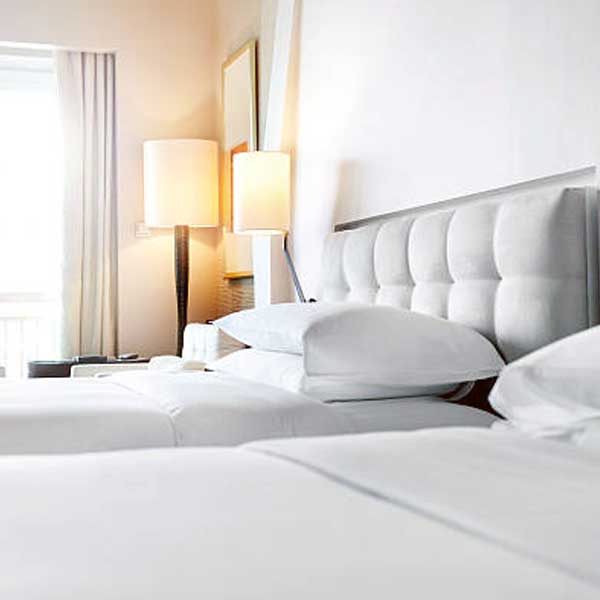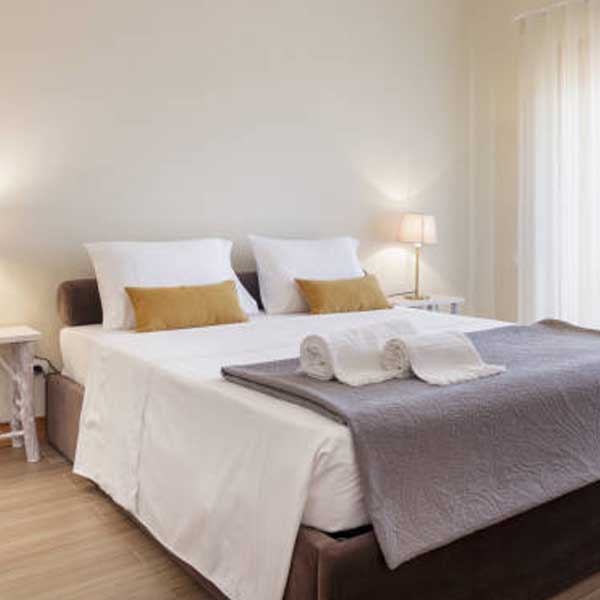- Payment Options
- Terms Conditions
- US
- IT
- ES
- My Bookings
- Add Your Review

Dettagli
TIPO DI POSIZIONE
Bagni termali
DISTANZA
35.1Km
INDIRIZZO
Via Appia Antica, 2, 72016 Torre Canne
La torre si chiamava "delle canne" perchè situata vicino ad un vasto canneto.
La frazione di Torre Canne prende il nome da una torre di guardia risalente al XVI secolo, costruita a protezione del litorale dalle scorrerie dei turchi. La torre si chiamava “delle canne” perchè situata vicino ad un vasto canneto. La parte vecchia di Torre Canne, in origine modesto villaggio di pescatori, si trova in prossimità del faro e della caratteristica scogliera calcarea.
Un po’ più a sud in un’insenatura sabbiosa sgorgano le “Acque di Cristo”, così chiamate per la loro azione terapeutica. Grazie alla presenza di queste acque Torre Canne si è pian piano sviluppata diventando una meta turistica molto apprezzata per trattamenti di fango-balneoterapia e balneoterapia.
Da oltre un secolo che Torre Canne non è famosa soltanto per le sue spiagge dalle acque limpide e dalla sabbia finissima. Sono più di cento anni, infatti, che i fenomeni termali che caratterizzano il sottosuolo della località pugliese sono noti agli esperti e sfruttati per la salute e il benessere dell’organismo. Presso quelle che, oggi, sono le Terme di Torre Canne si contano ben 11 polle generate da corsi d’acqua sotterranei dalle innumerevoli virtù che fanno di questa zona della Puglia una meta perfetta non soltanto per il turismo balneare ma anche per quello del wellness. Gli stabilimenti termali, a due passi dal mare, si prendono cura della salute e della bellezza dei propri ospiti offrendo strutture e trattamenti all’avanguardia basati sullo sfruttamento delle acque e dei fanghi benefici provenienti dalle viscere della terra.
Al centro di un parco di tamerici e conifere è situato il laghetto termale da cui si estraggono i fanghi per uso terapeutico. I fanghi sono composti da silicato di calcio, allumina e ferro con magnesio in piccole quantità, e jodio.
La splendida frazione di Fasano, in provincia di Brindisi, è percorsa da corsi sotterranei di acqua termale che sgorga dalle 11 polle che fanno delle Terme di Torre Canne un vero e proprio tempio del benessere.
Due delle 11 polle presenti presso gli stabilimenti termali di Torre Canne sono state particolare oggetto di studio dal punto di vista fisico, chimico e terapeutico. Si tratta della polla n. 11, denominata Torricella, e della Polla n. 3, denominata Antesana. Quelle che sgorgano dalle due sorgenti sono acque fredde e ricchissime che, per le proporzioni dei sali in esse disciolti, vengono chiamate acque minerali cloruro-solfato-sodiche lievemente bromurate. La loro composizione le rende particolarmente adatte al trattamento degli stati infiammatori e contratturali. Vantano, inoltre, proprietà immunostimolanti, mucolitiche, decongestionanti, eutrofiche, cheratoplastiche, rilassanti e stimolanti del metabolismo. Ma non è finita perchè nei canali di scolo e nei bacini formati dalle polle da millenni si formano depositi di fanghi che, grazie alla maturazione in acque termali, sviluppano anch’essi innumerevoli proprietà terapeutiche. Si tratta, di fatto, di una mix naturale a base di argilla ed acqua termale che matura all’interno di laghetti anch’essi naturali dove sboccano sorgenti benefiche. Non meraviglia, dunque, che i trattamenti a base di fanghi siano uno dei fiori all’occhiello delle Terme di Torre Canne.
Oltre alle spiagge e al bellissimo mare sono molte le attrazioni turistiche nella zona, tutte situate a pochi chilometri dalla cittadina di Fasano. A 7 Km da fasano si trova ad esempio la rinomata frazione di Selva di Fasano, situata in posizione panoramica sull’area dei trulli e delle grotte. Il paese ospita inoltre uno dei più grandi zoo Safari in europa, lo Zoo Safari Fasanolandia, meta irrinunciabile per i bambini.
Il parco ospita oltre cinquecento animali esotici liberi: leoni, giraffe, zebre, orsi dell’Himalaya, lama, bufali africani, daìni, bisonti, fenicotteri e scimmie. Per gli amanti della buona tavola non mancano poi gli itinerari e i percorsi eno-gastronomici.
Terme di Torre Canne

Details
LOCATION TYPE
Thermal baths
DISTANCE
35.1Km
ADDRESS
Via Appia Antica, 2, 72016 Torre Canne
The tower was called "of the reeds" because it was located near a vast reedbed.
The hamlet of Torre Canne takes its name from a watchtower dating back to the 16th century, built to protect the coastline from Turkish raids. The tower was called “of the reeds” because it was located near a vast reedbed. The old part of Torre Canne, originally a modest fishing village, is located near the lighthouse and the characteristic limestone cliff.
A little further south in a sandy cove gush forth the “Waters of Christ,” so named for their therapeutic action. Thanks to the presence of these waters Torre Canne has slowly developed into a popular tourist destination for mud-balneotherapy and balneotherapy treatments.
For over a century that Torre Canne has not only been famous for its beaches with clear waters and fine sand. In fact, for more than a hundred years, the thermal phenomena that characterize the subsoil of the Apulian resort have been known to experts and exploited for the health and well-being of the body. At what, today, are the Torre Canne Thermal Baths, there are as many as 11 springs generated by underground streams with innumerable virtues that make this area of Puglia a perfect destination not only for beach tourism but also for wellness tourism. The spas, a stone’s throw from the sea, care for the health and beauty of their guests by offering state-of-the-art facilities and treatments based on the exploitation of beneficial waters and mud from the bowels of the earth.
In the middle of a park of tamarisk and conifer trees is the thermal pond from which mud is extracted for therapeutic use. The sludge is composed of calcium silicate, alumina and iron with magnesium in small amounts, and iodine.
The beautiful hamlet of Fasano, in the province of Brindisi, is crisscrossed by underground streams of thermal water gushing from 11 springs that make the Terme di Torre Canne a true temple of wellness.
Two of the 11 pools at the Torre Canne hot springs have been particular objects of study from physical, chemical and therapeutic perspectives. It is about chicken no. 11, called Torricella, and Polla no. 3, named Antesana. Those that flow from the two springs are cold, rich waters that, because of the proportions of the salts dissolved in them, are called mildly brominated chloride-sulfate-sodium mineral waters. Their composition makes them particularly suitable for the treatment of inflammatory and contractural states. They also boast immune-stimulating, mucolytic, decongestant, eutrophic, keratoplastic, relaxing and metabolism-stimulating properties. But that’s not all because in the drainage channels and basins formed by the springs for millennia, deposits of mud have been formed which, thanks to maturation in thermal waters, also develop countless therapeutic properties. It is, in fact, a natural mix of clay and thermal water that matures within ponds that are also natural where beneficial springs flow. It is no wonder, then, that mud treatments are one of the flagships of the Torre Canne Spa.
In addition to the beaches and beautiful sea, there are many tourist attractions in the area, all located within a few kilometers of the town of Fasano. For example, 7 km from fasano is the renowned hamlet of Selva di Fasano, located in a panoramic position over the area of trulli and caves. The country is also home to one of the largest safari zoos in Europe, Zoo Safari Fasanolandia, a must-see destination for children.
The park is home to more than five hundred free-roaming exotic animals: lions, giraffes, zebras, Himalayan bears, llamas, African buffalo, dahlias, bison, flamingos, and monkeys. For lovers of good food, there is also no shortage of food and wine itineraries and routes.



